Nothing is more disheartening for a plant lover than watching a once-vibrant houseplant start to wilt. The leaves droop, colors fade, and the entire plant seems to cry out for help. Whether it’s from overwatering, too little sunlight, or neglect, a wilting houseplant is not necessarily a lost cause. With the right care and quick action, you can often revive it and bring it back to lush, thriving health.
Let’s explore how to save a wilting houseplant in just a few simple but effective steps, along with expert-backed insights to ensure it stays healthy in the long run.
Step 1: Identify the Cause of Wilting
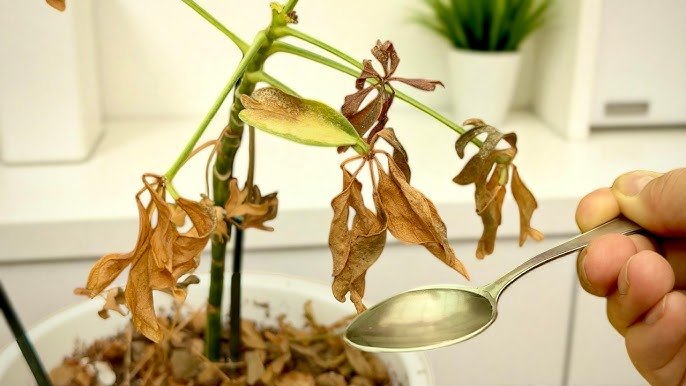
Before taking any corrective action, you must figure out why your plant is wilting. Wilting is a plant’s way of signaling distress — it could be too much water, too little water, or even environmental stress.
Common Causes of Wilting:
- Overwatering: Roots can suffocate and rot if the soil stays waterlogged.
- Underwatering: Dehydration causes leaves to droop and curl as the plant struggles to retain moisture.
- Temperature stress: Sudden temperature changes can shock the plant.
- Pest infestations: Aphids, spider mites, or fungus gnats can sap the plant’s energy.
- Poor lighting: Too much or too little light affects photosynthesis and overall vitality.
What to Do First:
Gently inspect the plant and its soil. Touch the soil surface—if it’s soggy, you’re dealing with overwatering. If it’s bone dry and pulling away from the pot edges, underwatering is likely the culprit. Once you’ve identified the cause, you can take the right action to save your plant.
Step 2: Check the Soil Moisture
Soil moisture is the most crucial factor in rescuing a wilting plant. Often, the soil tells you more than the leaves do.
If the Soil Is Too Dry:
- Give it a deep soak. Place the entire pot in a basin or sink filled with 2–3 inches of water. Let it sit for 15–30 minutes so the soil can absorb moisture through the drainage holes.
- Drain well. Remove the pot and let excess water drain completely before placing it back.
- Mist lightly. Misting the leaves can provide immediate relief, especially for tropical plants.
If the Soil Is Too Wet:
- Stop watering immediately. Allow the soil to dry out before the next watering.
- Loosen compacted soil. Use a chopstick or pencil to gently poke holes in the soil to improve aeration.
- Remove excess water. If your pot doesn’t have drainage holes, carefully tip it to pour out any pooled water or transfer the plant into a well-draining pot.
Step 3: Examine the Roots
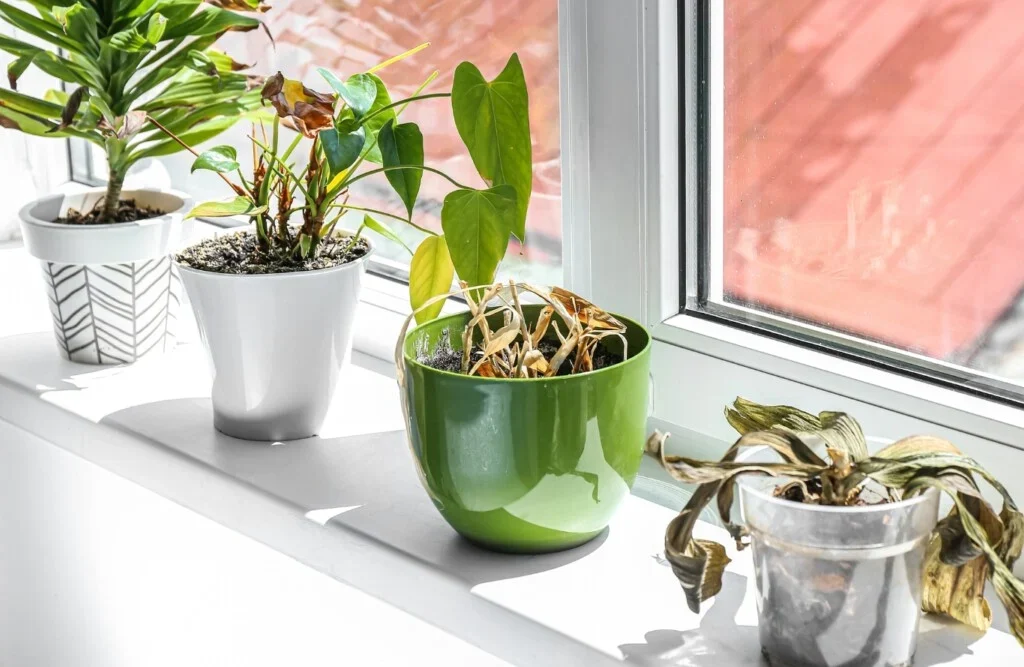
If the wilting persists even after addressing water issues, the next step is to inspect the roots. Roots are the lifeline of a plant, and if they’re damaged, your plant won’t recover without intervention.
How to Check:
- Gently remove the plant from its pot.
- Shake off excess soil to expose the roots.
- Observe the color and texture of the roots.
Healthy roots are firm and white or light tan.
Rotten roots are brown or black, mushy, and may have a foul smell.
What to Do:
- Trim away any rotting or dead roots using sterilized scissors.
- Repot the plant into fresh, well-draining soil.
- Choose a pot with drainage holes to prevent future waterlogging.
If more than half the roots are healthy, your plant has a strong chance of recovery.
Step 4: Adjust the Lighting Conditions
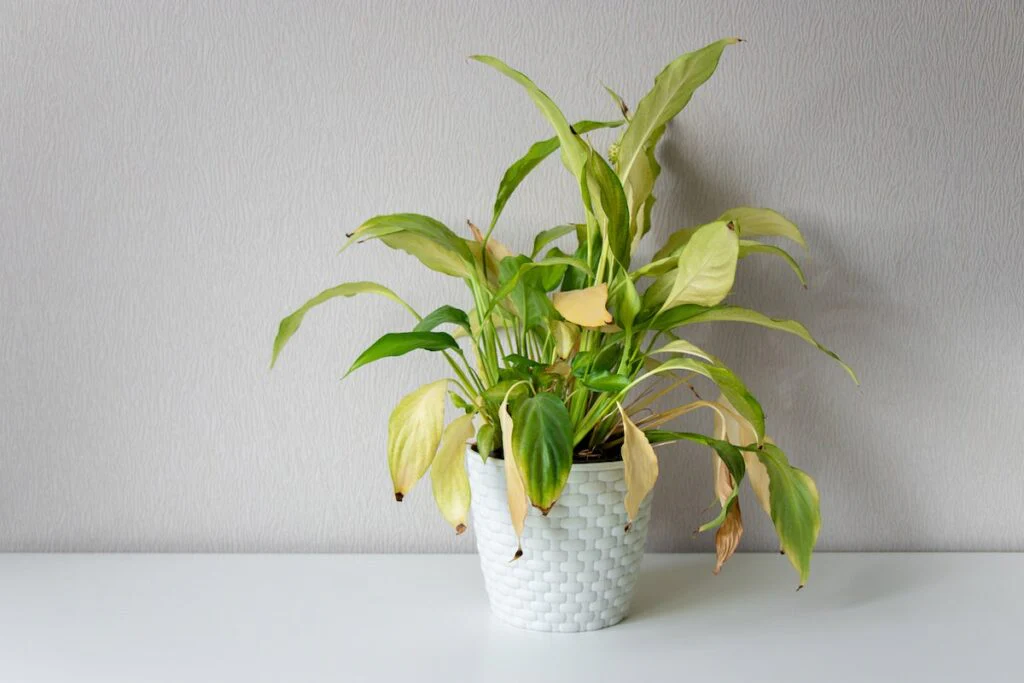
Light plays a key role in your plant’s revival. Without adequate light, the plant cannot photosynthesize effectively, leading to further decline. However, too much direct sunlight can also scorch weakened leaves.
How to Find the Right Balance:
- Bright indirect light: Most houseplants thrive in filtered light. Move them near an east- or west-facing window.
- Avoid harsh midday sun: Plants like ferns, calatheas, and peace lilies prefer indirect light.
- Use grow lights: If natural light is limited, supplement with a full-spectrum LED grow light for 10–12 hours daily.
For a severely wilted plant, avoid sudden exposure to intense light—gradually reintroduce it over several days.
Step 5: Prune Damaged Foliage
Once you’ve stabilized the soil and light conditions, focus on helping the plant conserve energy. Wilted or yellowing leaves can no longer contribute to growth and instead drain the plant’s resources.
What to Do:
- Use clean, sharp scissors to remove brown, shriveled, or damaged leaves.
- Cut back stems that show no new growth.
- For trailing plants, trim leggy vines to encourage fuller regrowth.
This helps redirect the plant’s energy toward producing new, healthy foliage.
Step 6: Replenish Nutrients with Fertilizer
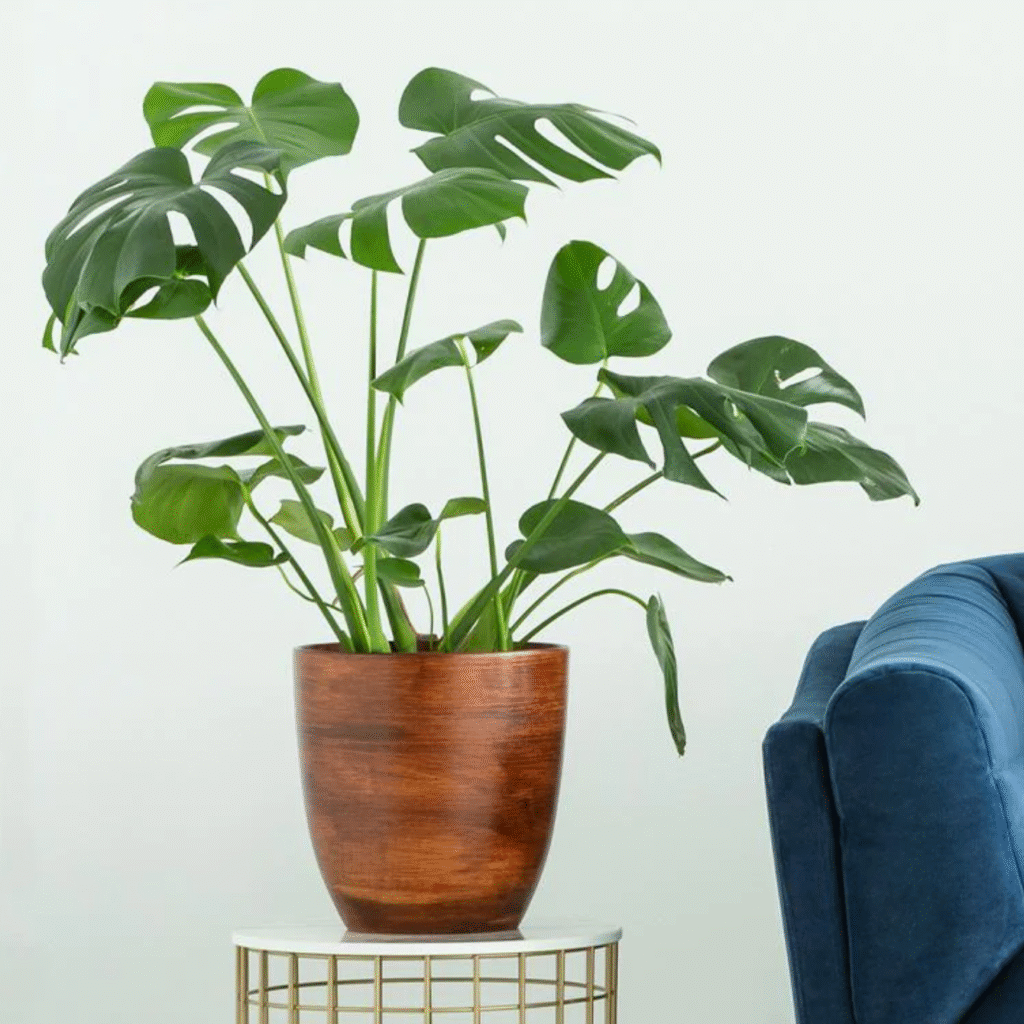
When a plant is stressed, it may have used up much of the available nutrients in the soil. However, be cautious—fertilizing a severely stressed plant too soon can cause more harm.
What to Do:
- Wait about two weeks after repotting or reviving the plant before fertilizing.
- Use a balanced, water-soluble fertilizer (10-10-10 or 20-20-20) diluted to half strength.
- Apply once a month during the growing season (spring and summer).
Avoid fertilizing during dormancy or when the plant shows no new growth—it needs time to recover first.
Step 7: Regulate Temperature and Humidity
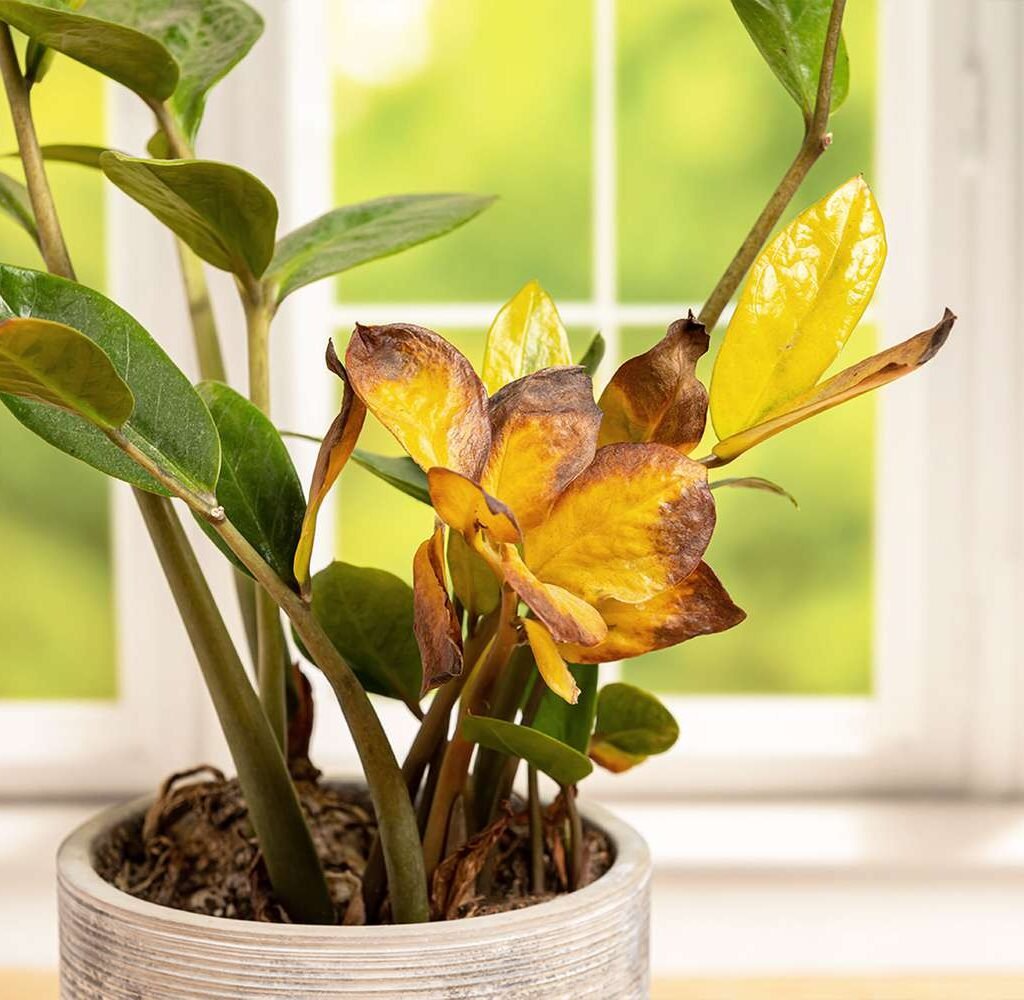
Environmental conditions are often overlooked, but they play a crucial role in your plant’s recovery. Most houseplants prefer stable, warm conditions similar to their natural habitats.
Ideal Conditions:
- Temperature: Between 65–80°F (18–27°C).
- Humidity: Around 40–60%, depending on the plant species.
To Improve the Environment:
- Avoid drafts. Keep your plant away from air conditioners, heaters, or open windows.
- Increase humidity. Use a humidifier, place the pot on a pebble tray with water, or group plants together to raise humidity naturally.
- Avoid sudden temperature shifts. Consistency helps plants adjust and rebuild strength.
For tropical varieties like calatheas, ferns, and orchids, maintaining higher humidity can make the difference between survival and thriving.
Step 8: Monitor for Pests or Diseases
Sometimes, the reason for wilting isn’t watering or light—it’s pests. Tiny insects can weaken your plant by sucking sap from the leaves and stems, leading to dehydration and drooping.
Common Indoor Plant Pests:
- Aphids: Small green or black insects on new growth.
- Spider mites: Tiny, red specks that form fine webs on leaves.
- Fungus gnats: Small black flies hovering around wet soil.
How to Treat Them:
- Wipe leaves gently with a damp cloth.
- Spray with insecticidal soap or a neem oil solution (1 tsp neem oil + a few drops of mild dish soap + 1 liter of water).
- Isolate the infested plant to prevent spreading.
Regularly inspecting your plants can prevent a full-blown infestation that might lead to severe wilting.
Step 9: Be Patient and Observe
After following the corrective steps, your plant may take a few days—or even weeks—to show signs of improvement. Don’t expect instant results. Healing takes time, and plants rebuild slowly.
Signs Your Plant Is Recovering:
- New leaf buds forming.
- Leaves regaining firmness and color.
- Soil maintaining moisture balance without wilting.
Consistency is key—continue observing your plant daily and adjusting care as needed.
Step 10: Prevent Future Wilting
Once your plant recovers, you’ll want to prevent the same issue from happening again. The best way to keep houseplants thriving is by maintaining a simple, consistent care routine.
Long-Term Care Tips:
- Follow the “soak and dry” rule: Water deeply, then wait until the top inch of soil is dry before watering again.
- Rotate plants monthly: This ensures even light exposure and balanced growth.
- Dust leaves regularly: Clean leaves absorb light more efficiently.
- Repot every 1–2 years: Refresh soil and check root health.
- Observe changes early: Wilting, yellowing, or drooping are early warnings—act quickly.
Healthy plants are resilient plants, and your careful observation makes all the difference.
Final Thoughts
A wilting houseplant might look hopeless, but with the right care and patience, most can bounce back beautifully. The key is understanding the root cause—literally and figuratively—and responding thoughtfully rather than hastily.
Remember: plants are living organisms that respond to their environment. They communicate distress through drooping leaves, yellowing edges, or slow growth. By tuning into these signs and taking action, you can not only save your plant but also become a more intuitive and confident plant parent.
So the next time your houseplant starts to wilt, don’t panic—just follow these steps. A little attention, the right environment, and consistent care are all it takes to turn a drooping plant back into a thriving, green masterpiece.
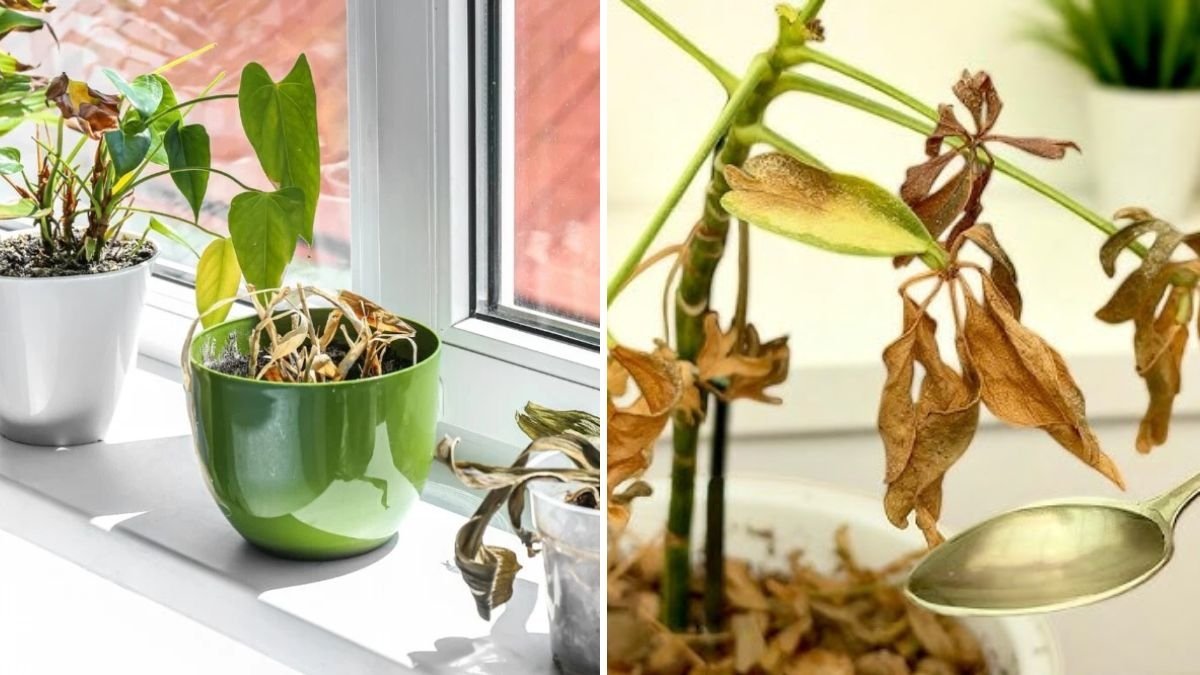




Leave A Comment